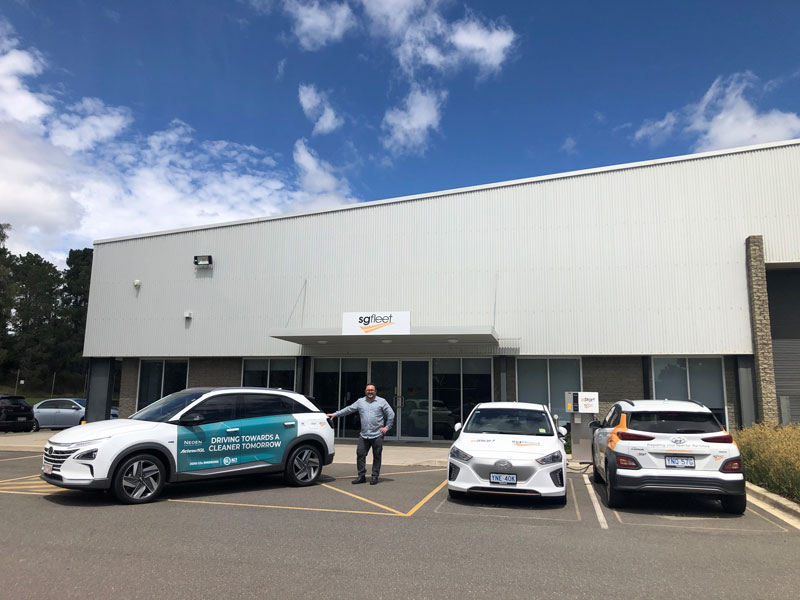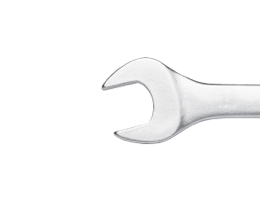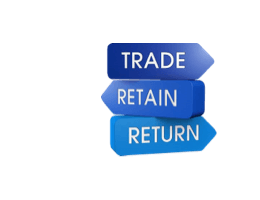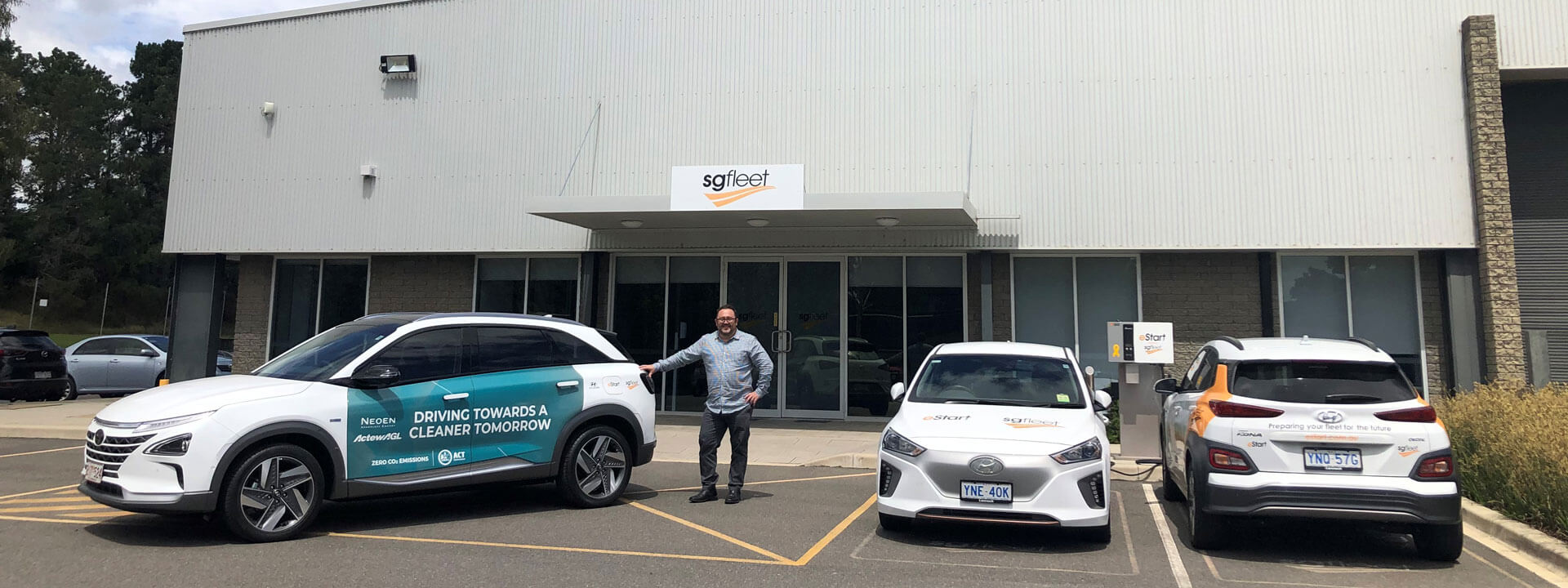Bringing hydrogen to fleets: Q&A with Dean Acheson, SG Fleet.
Partnering with Hyundai to manage the first hydrogen fleet in Australia, SG Fleet is at the forefront of the roll out of the technology starting in the nation’s capital.
With more than 30 years of experience in fleet management and leasing solutions under their belt, SG Fleet has become one of the most recognisable names in government and corporate vehicle services. The company has truly done it all with expertise in passenger cars to heavy-duty trucks, small fleets to large, and internal combustion engines to battery electric.
Yet there was one technology SG Fleet had yet to take on: hydrogen fuel cell electric vehicles or FCEVs. That was until Hyundai approached them with an opportunity that was too good to be refused – to manage the very first hydrogen FCEV fleet in Australia.
Excited to take on the challenge, SG Fleet partnered with Hyundai to deliver 20 units of the automaker’s flagship hydrogen-powered vehicle, the NEXO SUV to the ACT Government.
With a hydrogen station also to be built in the midst of the pandemic, the experience hasn’t always been straightforward. Yet it has provided an invaluable opportunity for SG Fleet to get up close and personal with hydrogen.
With the launch of the Canberra-based hydrogen station now complete and the keys to the NEXO fleet handed over, we spoke with Dean Acheson the State Manager of SG Fleet’s ACT operations on the experience and what’s next as the company gears up to support the roll out of FCEVs across Australia.
Dean, SG Fleet has been supporting the ACT Government’s shift to hydrogen since the project was first announced. What has the company been doing to prepare for the delivery of the NEXO?
The technology behind the Hyundai NEXO is ground-breaking, especially for the Australian market. However, introducing a new zero emission vehicle to the market does come with some hurdles. It’s a challenge that SG Fleet has embraced alongside Hyundai.
Our objective is to see the NEXO seamlessly integrate into the ACT Government fleet. This means the user experience must be as “normal” as possible. Working alongside Hyundai, we have ensured that initial and ongoing fleet management services such as vehicle registration, maintenance and tyre authorisation, toll and infringement management, accident management and roadside assistance all align with standard practices.

Our experience in the vehicle disposal market has also helped us establish a framework of expected future values of the NEXO, which assisted Hyundai to model the cost of the project.
We also worked with Hyundai on the development of Auto Link Fleet with telematics data and details such as the amount of “air purified” by the vehicle being incorporated into fleet reporting for the ACT Government.
The development of the hydrogen refuelling station in Fyshwick faced some delays due to COVID-19, but we’re excited to now have delivered the vehicles to the ACT after providing secure warehousing for the fleet. Our staff have thoroughly enjoyed having the new technology on site.
How does the experience of managing these vehicles differ from your traditional fleet management service offering? Were there any particular challenges?
As the ACT Government’s fleet manager since 2009, we warmly welcomed the announcement that it would adopt FCEVs in their fleet. The vehicles formed part of a successful bid for a renewable energy auction that helped the ACT become the first Australian jurisdiction powered by 100% renewable energy.
At that stage, the NEXO was not in production so there were a number of unknowns still to be determined. The primary challenge was to ensure the vehicle would be fit-for-purpose. Key requirements around safety also needed to be addressed. The NEXO was subsequently awarded a 5-Star ANCAP safety rating.

The NEXO itself is a large SUV that is really well suited to fleets. Hyundai has also developed cargo barriers and roof racks which broadens the range of fleet tasks the NEXO can support.
One of the key requirements for the vehicle was ensuring access to hydrogen refuelling infrastructure. We’ve worked closely with the station provider, ActewAGL, to understand the dynamics involved in this process.
As an example, we will report fuel consumption based on kilograms rather than litres. This is consistent with kWh for battery electric vehicles which we also recently introduced.

How does SG Fleet see FCEVs fitting within the Australian fleet landscape? Do you think this technology is suitable for Australian fleets?
The technology is modular in nature, whereby the fuel cell “stack” can be scaled, so even ships can be powered by hydrogen. Hydrogen fuel cells can also be constantly sourced, emit nothing but pure water, offer high fuel efficiency and an ultra-quick refuelling time of approximately five minutes.
We believe these factors alone will see FCEVs form a successful part of the long-term Australian fleet landscape in a relatively short space of time.
Is there any advice you can provide Australian fleets considering trialling FCEVs?
We have seen a significant level of interest from fleets in the technology and expect this will really gain momentum in 2021.
As a replacement for a large SUV, fleets that introduce the NEXO will not only see significant emissions reductions, but also the most advanced and safest vehicle available on the market today.
The NEXO is truly a great vehicle to have within your fleet. We anticipate that employee and driver acceptance will be swift and businesses will have an exceptional opportunity to bring a zero emission vehicle into their fleet with minimal effort, compared to adding EV charging infrastructure to a carpark.
If a business is located within a suitable radius of a hydrogen refuelling station, then adding a NEXO to the fleet mix simply must be considered.
Now the delivery of the NEXOs to the ACT Government is complete, what's next in store for SG Fleet in supporting the roll out of FCEVs in Australia?
We foresee the development of hydrogen “hubs” across Australia and it will facilitate the uptake of FCEVs for fleets in those areas. As hydrogen developments and investments arise, it’s important to help our customers see the benefits and take up the opportunity as soon as it occurs.
What is your view on the future of zero emission vehicles in Australian fleets? And what is your position on the battery electric versus hydrogen fuel cell debate? Do you think one technology is more suited to fleets than the other?
The nature of a transition to a FCEV involves having ready access to external infrastructure – the hydrogen refuelling station – rather than “decentralising” your refuelling needs as you can with BEVs. It will really depend on how you operate your fleet as to which zero emission vehicle is best suited to your requirements.
We believe there will be a place for both technologies as we progress to a fleet without tailpipe emissions. Australia is well-positioned to take advantage of its renewable energy resources: both battery storage and the production of green hydrogen will play a very important role in the future.
As FCEVs and BEVs become “connected” assets and can start to form part of the grid, the fleet vehicle asset now becomes a “mobile battery”, so it could also potentially be a revenue-raising and cost-reduction infrastructure asset as well.
It’s a really exciting time to work in fleet management and I look forward to seeing zero emission vehicles contribute to a greener, cleaner Australian fleet.







